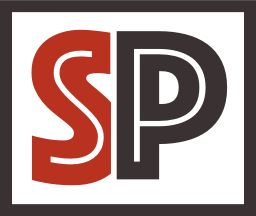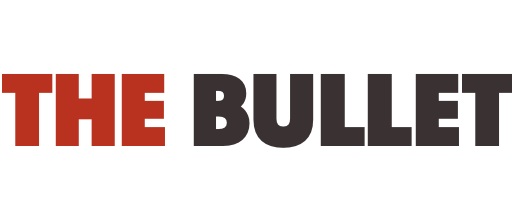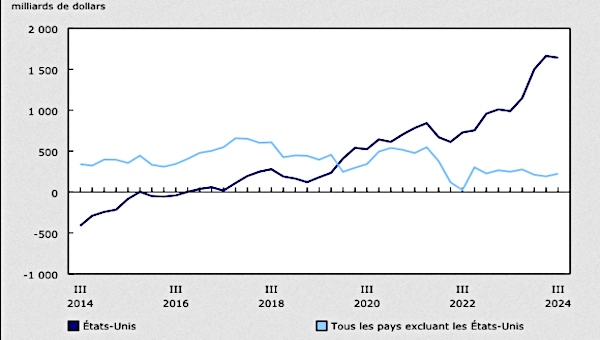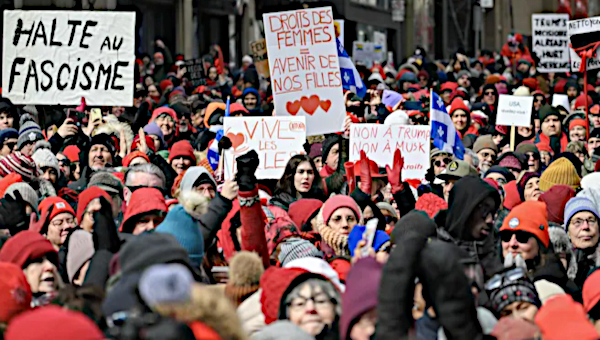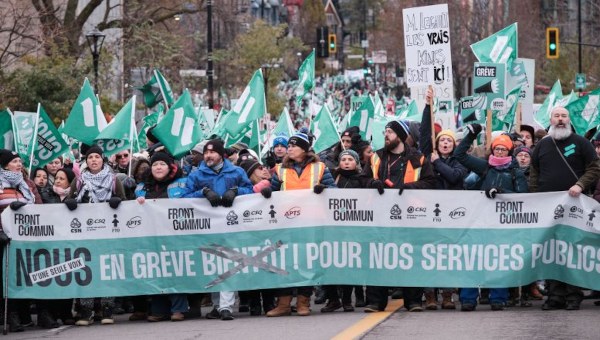A Québécois Socialist Response to Canada’s Federal Election
The following article appeared first in the Quebec online weekly Presse-toi à gauche. The English translation is by International Viewpoint, slightly revised and updated by me, which IV published under a literal translation from the PTàG headline: “Lessons from the last federal elections: Toward the renewal of the status quo ante or the desperate search for an agreement with Trumpism.” The authors, André Frappier and Bernard Rioux, are editors of the Quebec publication. Both are members of the left party Québec solidaire, which does not contest federal elections. — Richard Fidler
Although opinion polls in 2024 had predicted a landslide victory for the Conservative Party, the recent federal election gave the Liberal Party of Canada a fourth consecutive mandate. The election campaign was dominated by widespread public apprehension over the trade war and Donald Trump’s threats of annexation of Canada. These fears weighed heavily on voting intentions.
The new government headed by Prime Minister Mark Carney has pledged to defend the Canadian economy against the effects of the trade tariffs imposed on the country, to reaffirm national sovereignty, and even to protect territorial unity. The Canadian bourgeoisie and its federal and provincial governments will be under pressure from a US administration determined to subordinate Canada to its own interests. The trade-union movement, the various social movements, and the political left – at least what remains of it – will have to work to build their unity and to demonstrate strong combativeness and political autonomy vis-à-vis the choices of the governments of the Canadian oligarchy in order to resist the Trumpist project with a view to achieving genuine social emancipation.
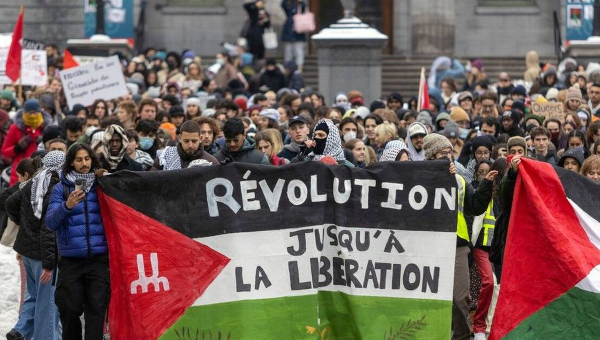
Electoral Dynamics and Party Positioning
The Liberal Party of Canada elected 169 members of parliament, with 43.7 percent of the vote. It will have to form a minority government, having fallen short of the 172 seats needed for a majority. The Conservative Party of Canada recorded significant gains, winning 144 seats and a jump in its vote from 33.7 percent in 2021 to over 41 percent in 2025.
The New Democratic Party (NDP) suffered a collapse, its number of MPs dropping from 25 to 7, causing it to lose its official party status. Much of its traditional electorate, worried about Trump’s threats and eager to prevent a Conservative victory, opted instead to vote for the Liberals.
The Bloc Québécois lost ground, securing 22 seats. The Green Party elected only one member, with just 1.2 percent of the vote. The far-right People’s Party of Canada (PPC) received only 0.7 percent of the vote, six times less than in 2021.
These elections therefore led to a minority government, revealing a polarization of the electorate around the two major neoliberal parties and a marginalization of third parties. The social democratic and ecological left saw its parliamentary representation and popular support reduced to a bare minimum.
The Conservative Party Driven by Populist Demagogy
The Conservative Party has championed an ultraliberal, climate-sceptic, and militaristic agenda: corporate tax cuts, privatization, deregulation of oil and gas exploitation, and attacks on union rights. It has combined this approach with populist demagogy aimed at the working classes, presenting itself as the defender of purchasing power and access to housing.
Through a tour of factories and workplaces, it managed to build significant support for its program, anchoring it to popular anger. A conservative bloc was thus formed, ranging from supporters of fossil fuel capital to certain sectors of the working class.
The trade union movement and progressive social movements clearly perceived this strategy, but they responded not with a united and massive mobilization but with support for the Liberal party and its new leader.
Faced with the Trumpist Offensive, the Liberal Party is Surfing on Canadian Nationalism
The new Liberal leadership quickly realized that the Tories’ rise in the polls reflected a significant shift to the right of the electorate. It repositioned itself accordingly.
Taking office as the new Liberal leader (he replaced Justin Trudeau, who resigned in December), Mark Carney abolished the consumer carbon tax, short-circuiting Tory leader Pierre Poilievre’s “Axe the tax” slogan. During the campaign, he promised tax cuts and an end to the further tax on capital gains introduced by Trudeau. He also supported pipeline projects, advocated for increased oil and gas production, promised to boost military spending to 2 percent of GDP, strengthened border surveillance, and restricted immigration.
He thus adopted many elements of the Conservative platform, which the Tories denounced as a plundering of their ideas. Taking advantage of the resurgence of Canadian nationalism sparked by Trump’s comments on the annexation of Canada, Carney touted the purchase of local products, energy independence, and the diversification of export markets.
As Romaric Godin wrote in Mediapart: “Finding new outlets for Canadian businesses is likely to be tricky. […] The US market represented nearly 75.9 percent of Canadian exports and 62.2 percent of imports in 2024.”
The economic diversification project therefore seems unrealistic, especially since Canada has long since abandoned any policy of economic nationalism, as in the orientations of the Watkins report of the 1960s. Every government since Mulroney’s in the 1970s has supported continental integration, embodied by NAFTA and then CUSMA. The Carney government’s objective is thus a return to the status quo ante, in the interests of the Canadian bourgeoisie. But any negotiation with Trump will involve unilateral concessions: expansion of fossil capital, increased military spending, tougher immigration policy, deportations of asylum seekers and border reinforcement.
The government’s embarrassed silence in the face of Trump’s authoritarian excesses shows that it is prepared to compromise with Washington to preserve a facade of Canadian autonomy.
In Quebec: Decline of the Bloc Québécois and
Impasse of the Independence Movement
The Bloc Québécois suffered a sharp setback. Focusing its campaign on defending a distinct society, it did not challenge federalism or address the issue of Quebec independence. It pledged its support to the Liberal party for the first year and suggested the creation of a border ministry, which angered the leader of the Parti québécois.
The Liberal Party’s victory in Quebec strengthens the legitimacy of Canadian federalism and weakens the PQ’s referendum plan. Collaborating with the Liberal party is tantamount to reinforcing the status quo. To believe otherwise is politically naive.
The Foundations of the Marginalization of the Political and Social Left
The left has been weakened by the NDP’s prolonged support for the Liberal government, its parliamentary manoeuvring, trade-union apathy and the fragmentation of social movements.
Unions, in Quebec as in Canada, have failed to mobilize their members against conservative policies. As Sid Ryan, former president of the Ontario Federation of Labour, wrote: “The voice of millions of union members was shamefully missing this election.” He attributed this to the NDP’s failure to address workers’ concerns and needs, and to the unions’ lack of political autonomy.
The NDP, becoming a mere parliamentary back-up force, cut itself off from real social struggles. Its strategy based on compromise weakened its credibility. Its electoral decline can also be explained by its inability to defend a programme of radical change in action.
The major unions developed platforms of demands, but limited themselves to asking their members to challenge the candidates. The Liberal party’s shift to the right went unchallenged. The Canadian Labour Congress (CLC) was quick to express its willingness to collaborate with the Liberal government, confirming the abandonment of any political autonomy.
The feminist movement challenged the parties, of course, but its demands have been marginalized. The mobilization for abortion rights has come up against the rise of a pro-choice right that has received little opposition.
The international solidarity movement campaigned, for example, in defence of the Palestinian people, but without achieving significant traction. Neither the Liberals nor the Conservatives have denounced Israel’s genocidal policies in Gaza.
Social movements remained dispersed, each acting in its own field without building a common front.
Paths to Rebuilding the Left in the Canadian State
These elections took place in a climate of heightened Canadian nationalism. In Quebec, the Bloc adopted a nationalism compatible with federalism. Both forms of nationalism assume that national interests converge with those of capitalists, to the detriment of solidarity between peoples.
The Canadian and Quebec left can rebuild itself only by breaking with these nationalisms. It must bring together the working classes, Indigenous peoples, and subaltern groups in a plurinational liberation project.
This project must be feminist, anti-racist, socialist and decolonial. It implies the rejection of any alliance with the PQ and of any defence of the Canadian state as it is, that is to say, based on the negation of the multinational reality of the territory.
A left of social transformation must link its action to an ecosocialist project, uphold the self-determination of the Indigenous and Quebec peoples, and develop solidarity with ecological, feminist and popular movements.
It must work to build a social bloc around climate justice, the fight against patriarchy, reparations for Indigenous peoples, the creation of popular constituent assemblies, the nationalization of resources and the dismantling of the Canadian military-industrial complex.
The results of the last elections show that everything must be rebuilt from a veritable field of ruins. But there are battles that cannot be avoided.

Returning to the Road to Solidarity and Updating Our Perspectives
Initial thoughts:
Building a pan-Canadian activist network has always been a laborious undertaking. This challenge was described in the article “The Challenge of Fighting Together” by Andrea Levy and André Frappier, published in issue 24 of the Nouveaux Cahiers du Socialisme. This 2020 article described the political situation in the Canadian state and in Quebec and its challenges. Clearly, the arrival of Trump and the rise of fascism on our doorstep have altered the situation. We must now examine how we can and must fight together, and on what basis.
The imperialist character of the Canadian state is still very real, as we stated in 2020:
“The Canadian state was built against the rights of peoples, through the oppression of Indigenous peoples who were dispossessed of their territories and ancestral rights, and through the oppression of the French-Canadian nation. This state then developed into an instrument of industrial corporations and finance capital, increasingly playing an imperialist role internationally as a junior partner of American imperialism.”
A difficulty arose, on the one hand, in understanding the national liberation struggle: “To think of a uniquely Quebec strategy for changing society is to ignore the power of financial institutions and corporations… Let us remember the fate that the European Central Bank reserved for Greece (a sovereign state, nonetheless) a few years ago.”
And, on the other hand, we considered the problem of the progressive forces in the Rest of Canada: fragmented and limited to regional perspectives, while identifying with the federal state, as the CLC does.
The rise of the far right and the arrival of Trump have changed this situation. The mantra has become “Save Canada,” with a right-wing stance from the Liberal Party that adopts Poilievre’s policies. Building a pan-Canadian left movement is becoming an unavoidable necessity, but it cannot be achieved without comprehending, in the Rest of Canada as much as in Quebec, a perspective that combines the dynamics of the national liberation struggle in Quebec, the struggle of Indigenous peoples for their ancestral rights, and the fight for an egalitarian society. The unity of the pan-Canadian left cannot exist if it falls into supporting the Canadian ruling class in the hope of blocking Trump.
This lack of perspective has left all the ground open to neoliberalism and the right. It is urgent to reclaim a united, working-class, and popular perspective at the pan-Canadian level. We must dedicate ourselves to it now! •
